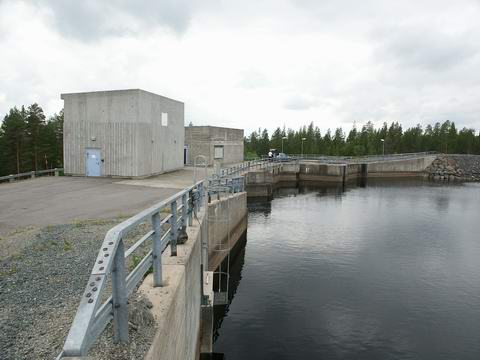Gallejaur
Facts
Country
Sweden
Electricity Capacity
207 MWe
Stream
Skellefte älv
Head
80 m
Water discharge
305 m³/s
Turbine type
Francis
Vattenfall ownership share
100 %
Status
In Operation
Water information
Above pond
Below pond
Total
Through turbine
Through pond hatch
Last update

Gallejaur power plant stands on the river Skellefte älv and utilises the head (drop) available along the stretch of river between the Dyngseleforsen rapids and the Treholmsforsen rapids.
Gallejaur was built in two stages. The first unit was commissioned in 1964 and the second unit in 1988. The construction of the second unit greatly increased the scope available for short-term regulation.
The owners of the different power stations along the river – Skellefteå Kraft, Uniper and Vattenfall – have formed a water regulation company for Skellefte älv, which manages the water regulation system.

